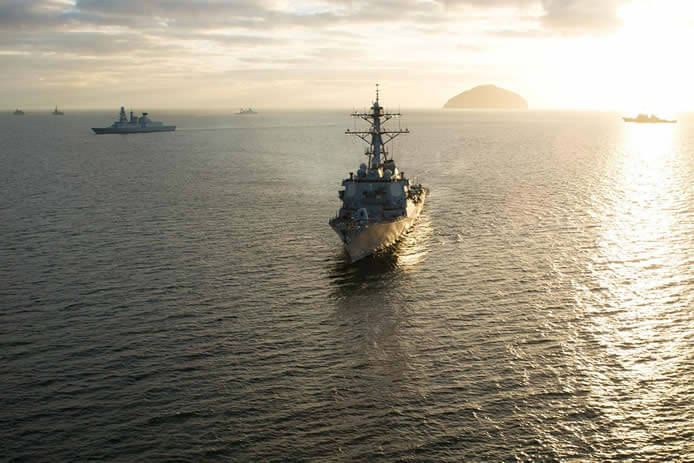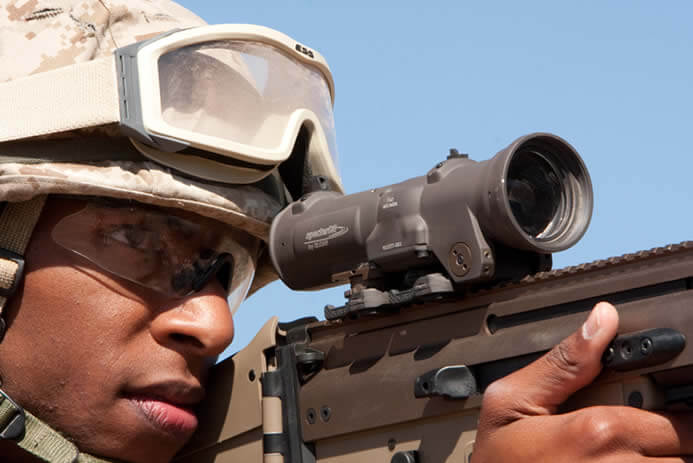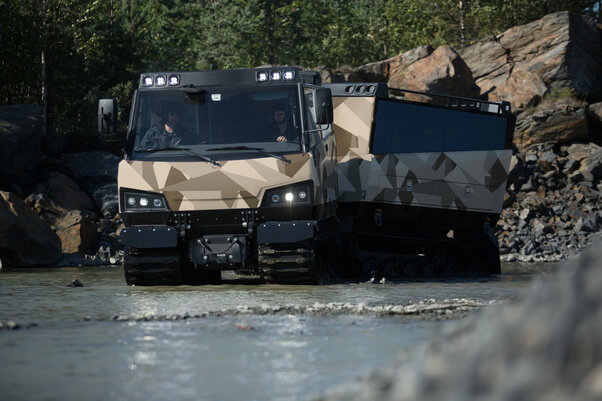
Freedom of the Seas
One of Australia's biggest defence contractor's parent company, Raytheon, is helping the U.S. Navy transform its fleet so that every vessel is equipped with offensive weapons in a push to complicate an enemy’s ability to attack, especially when operating in the Pacific region.
The concept is called 'distributed lethality', which the U.S. Navy describes as the capability to strike from any ship and from any place in the world.
“Potential adversaries, particularly in the Pacific region, have invested in weapons designed to keep naval and U.S. Air Force assets from operating freely,” said Tom Copeman, a retired three-star admiral who commanded the U.S. Navy’s surface ships and is now a vice president at military contractor Raytheon. “Distributed lethality will help us reverse that.”
The distributed lethality concept was first introduced during last year’s Surface Navy Association annual symposium. U.S. Navy Rear Admiral Peter Fanta, director of surface warfare on the Navy Staff, told attendees that it means everything will be armed.
"If it floats, it fights,” said Fanta. “That’s distributed lethality: Make every cruiser, destroyer, amphib (amphibious ship), Littoral Combat Ship, a thorn in somebody else’s side.”
Raytheon should be well-positioned to help the U.S. Navy put this strategy to work, as it already provides a wide range of products such as the Cooperative Engagement Capability integrated information-sharing system, the Phalanx defensive system, the guided Rolling Airframe Missile, the defensive Evolved Seasparrow Missile, and the Standard Missile-2, Standard Missile-3 and Standard Missile-6 for the U.S. Navy and navies around the globe.
Such weapons and systems can be adapted to meet various threats. Indeed several of these systems are also deployed by the Royal Australian Navy, including the Evolved Seasparrow Missile.
“Raytheon is onboard every U.S. Navy ship that floats today and the majority of our allies’ ships, so we have a thorough understanding of the threats, weapons systems, integration and con-ops that are needed to add punch and power to the total fleet,” said Ron Jenkins, a retired U.S. Navy guided missile frigate and AEGIS guided missile cruiser captain and a Raytheon director.
The company’s extensive experience and expertise in surface weapons systems could offer the U.S. Navy a reliable and affordable at-sea offensive capability.
“Upgrading existing systems is the logical, economical, but effective bridge to where we ultimately need to go - high-speed weapons,” said Rick Hunt, a Raytheon vice president and a retired Navy admiral.
After the systems are updated, they’ll need to be integrated. Much of the weapons integration, including the Tomahawk missile, is already in place with current configurations. The Naval Strike Missile can be immediately added as a standalone capability and readily integrated into the combat management system.
Raytheon has teamed with Norway's Kongsberg Defence Systems on the Naval Strike Missile. If integrated onto the Littoral Combat Ship, NSM would provide the ship with additional offensive capability for the distributed lethality mission.
Raytheon Australia has been awarded more than $4 billion in contracts in the past nine years, primarily to develop, deliver and support Australian military capability.











